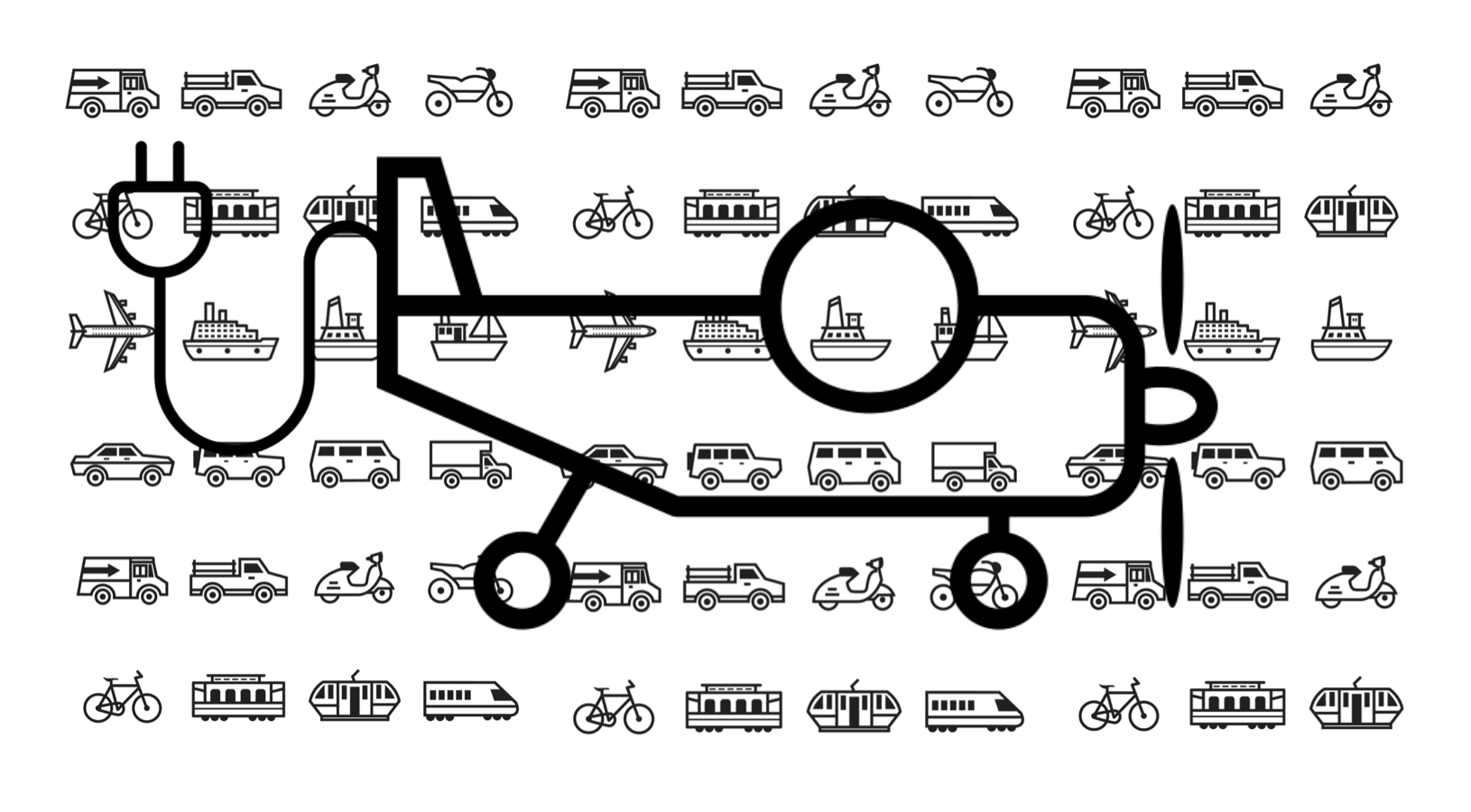
Ten years after my first experience with an electric car, I have now flown electric for the first time. The TV program EenVandaag is making a series about the year 2030 and asked me what mobility will look like by then. So we went to the Automotive Campus in Helmond for a tour with the Lightyear One, the car with solar panels on the roof, and to Teuge Airport to fly at E-Flight Academy with the first electric aircraft in the Netherlands. It gave the special feeling of gaining the insight that a new era has arrived, just like back then, when I had the electric Tesla Roadster at my disposal for a weekend. Electric flying is quieter, cleaner, and more pleasant, and you’re up in the air very quickly.
The morning began with an explanation of the aircraft, a Pipistrel Velis Electro. My excitement at being in the air with such a small plane for the first time disappeared the moment I touched the wings and realized that it is actually a glider with a propeller. The plane weighs only about 430 kg. The wings are quite long and the cabin is very small and full of plexiglass. It has two battery packs of 12 kWh each, so together 24 kWh, as much as in the first Leafs, Nissan’s electric car. The maximum speed is 150 km/h and you can fly it for about an hour. Due to the mandatory margin of ten minutes, the flights with the aircraft never last longer than fifty minutes. In that time you can cover over 120 km, which means consumption of 160 to 200 Wh/km, comparable to driving an electric car.

After this theory, we went flying. We pushed the plane out of the hangar by hand. In the cabin, I was fully harnessed and the flight instructor explained the instrument panel to me. The power meter obviously caught my attention as well as the battery status. After a formal step check, we cruised at low propeller speed to the beginning of the runway. I deliberately turned off my headphones for a moment; it was very quiet. This is because the electric motor is only on when you need it. At standstill, just before takeoff, it is off. This is different from normal aircraft, where the engine has to be on before departure to warm up.
When the tower agreed to take off, the instructor set the electric motor to full power: 60 kW. The propeller turned almost immediately to full speed and a considerable pulling power could be felt. Before we were even halfway down the runway, we were airborne. The instructor confirmed that electric acceleration can be done much faster than with a classic airplane. I still recognized his amazement about this advantage of electric traction from my weekend with the Tesla Roadster some ten years ago.
Once in the air, it was wonderfully quiet. Due to this relatively silent flying, what I heard was mostly wind noise. I was also allowed to practice a bit with the control stick myself. A wonderful and free feeling hit me in the air, in a positive way. However, when I made a turn to the left and looked through the transparent door almost straight down on Deventer, I had to swallow. We also turned off the engine for a while, turning the plane into a real glider. During the descent, the engine was almost off as well, but feeding the energy of the propeller rotation back to the battery is not yet possible due to the backward certification rules. A little later we were back on the ground. After me, the cameraman took to the air and I was able to see for myself once again that the noise production is significantly lower than with the other propeller aircraft that took off and landed there. Although there is now room for only two people, just as in the Roadster ten years ago, the advantages of electric flying are obvious. For now, these will be small aircraft, yet I expect a new mobility segment for medium distances. But then we’re ten years away. That’s what the TV program will be about in August.
Maarten Steinbuch and Carlo van de Weijer are alternately writing this weekly column, originally published (in Dutch) in FD. Did you like it? There’s more to enjoy: a book with a selection of these columns has just been published by 24U and distributed by Lecturis.
